Learning Scientific Programming with Python
£33.50£35.10 (-5%)
Learn to master basic programming tasks from scratch with real-life, scientifically relevant examples and solutions drawn from both science and engineering. Students and researchers at all levels are increasingly turning to the powerful Python programming language as an alternative to commercial packages and this fast-paced introduction moves from the basics to advanced concepts in one complete volume, enabling readers to gain proficiency quickly. Beginning with general programming concepts such as loops and functions within the core Python 3 language, and moving on to the NumPy, SciPy and Matplotlib libraries for numerical programming and data visualization, this textbook also discusses the use of Jupyter Notebooks to build rich-media, shareable documents for scientific analysis. The second edition features a new chapter on data analysis with the pandas library and comprehensive updates, and new exercises and examples. A final chapter introduces more advanced topics such as floating-point precision and algorithm stability, and extensive online resources support further study. This textbook represents a targeted package for students requiring a solid foundation in Python programming.
Read more
Additional information
| Publisher | 2nd edition (12 Nov. 2020), Cambridge University Press |
|---|---|
| Language | English |
| Paperback | 570 pages |
| ISBN-10 | 1108745911 |
| ISBN-13 | 978-1108745918 |
| Dimensions | 16.99 x 3.28 x 24.41 cm |

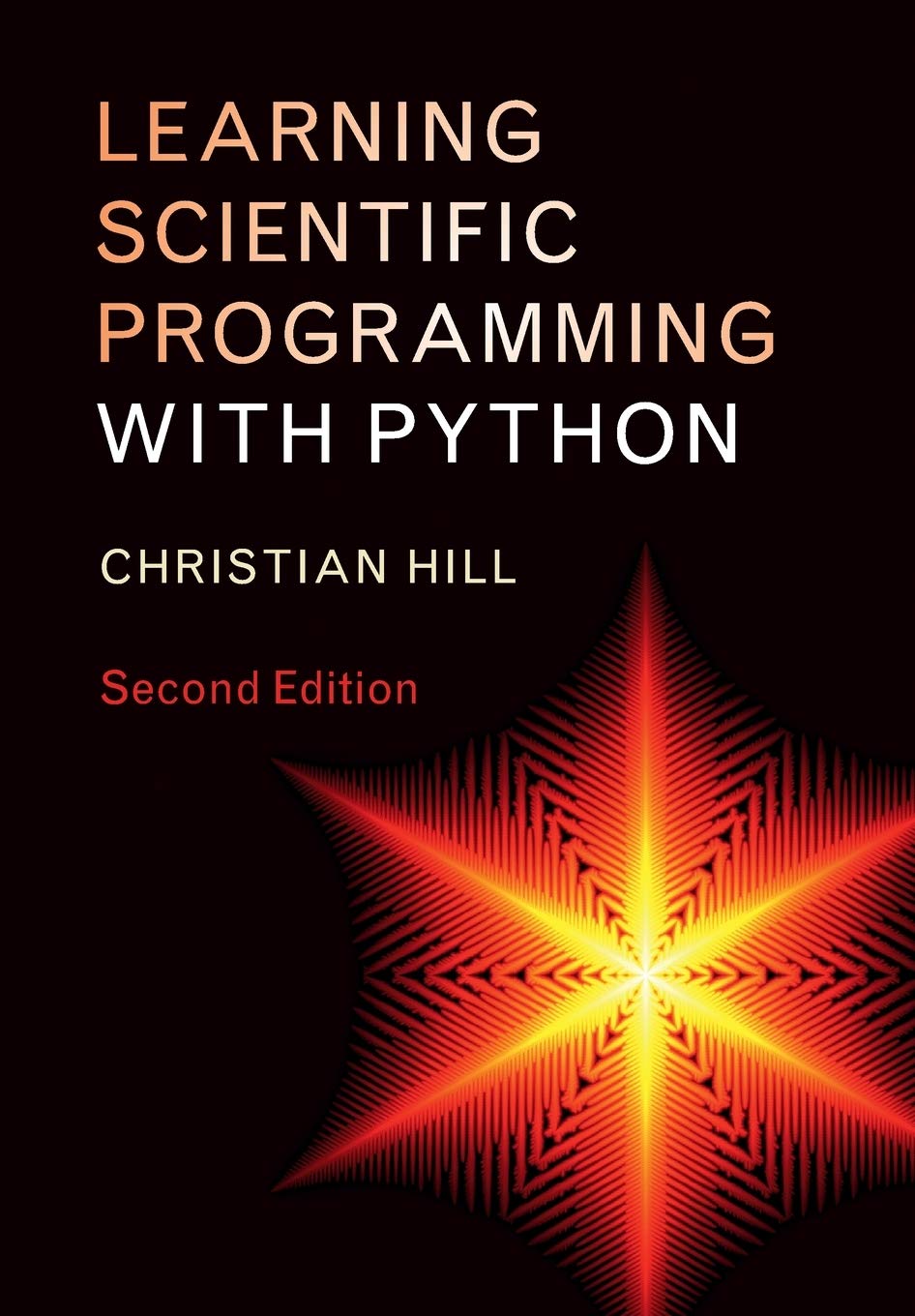

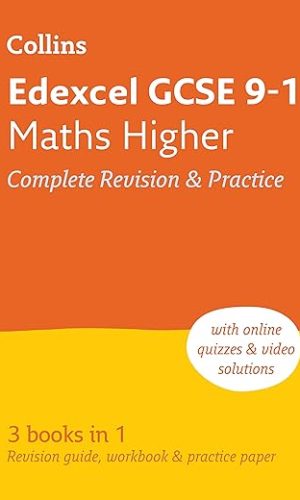
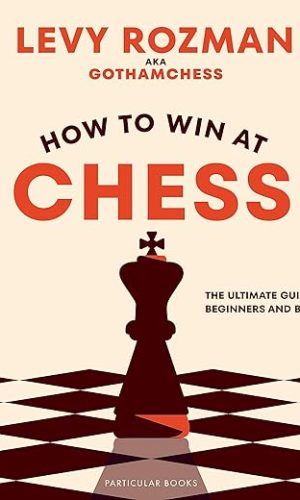

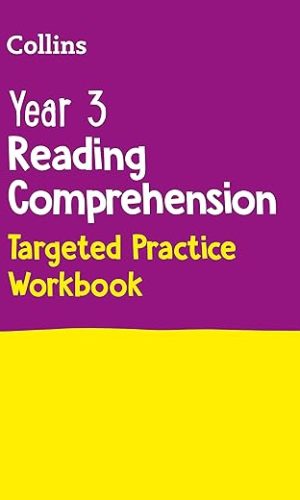
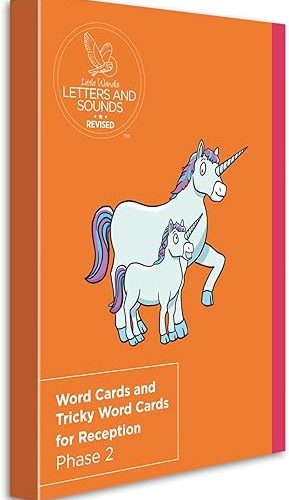
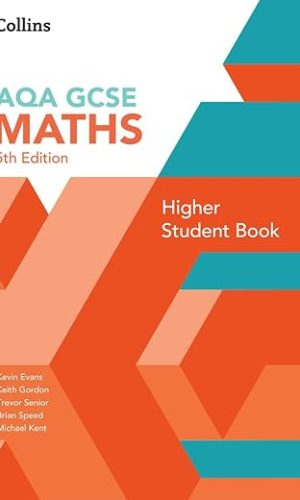
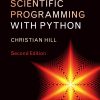
by Eric P
This is a very structured guide to learning Python for science, mathematics and engineering. As such it also covers well the add-on functionality of Numpy, Scipy and Matplotlib. In installation it talks specifically of Windows and Mac systems and generally of Linux, though I am actually going through the book using a Raspberry Pi 4 and the built in Python IDE.
The book is very well organised with a lot of exercises to reinforce the text and answers in the back. It is designed for learning and it fulfils that aim very well. It also shows the power of the language. I am a user of both MATLAB and SciLab and this book shows that Python can be a viable alternative. Bearing in mind that Python is free and supplied on a lot of platforms it makes it a worthwhile tool in the kit of students and practitioners in science and engineering and this book is an excellent guide to its application in these areas.
This book does assume that the reader is mathematically literate. It is a textbook in the application of Python, not in learning mathematics, but perhaps it is time for some of the texts that use MATLAB to teach mathematical principles to be adapted to Python.
All in all, I recommend this book, not just for people wishing to learn scientific Python out of curiosity, but also for those seeking to use it seriously in scientific programming and data analysis. It is an excellent guide to a powerful analytical tool.
by JD
At the beginning of this book it explains that you “don’t need a scientific knowledge to learn what is taught in this book”. This is great until you reach the first set of questions on p25, unless you have studied maths recently (I hadn’t in over 15 years) the questions will be completely alien to you. “No problem” I thought, “I’ll look at the answers and understand them this way”. You can’t do this… They only have selected answers in there and even though it tells you to look at the website, the website is just a complete regurgitation of what is in the book anyway… useless!
I’m not sure I’ll ever finish this book as I simply can’t gloss over answers I don’t understand and continue. Annoyingly, the examples provided aren’t in detail enough to answer some of the questions, so you basically have to have a background in science, maths and python for this book to make sense… which then defeats the object of the book